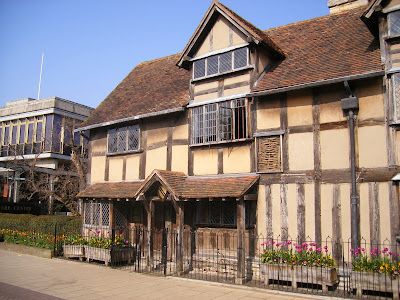Merry Christmas and
Happy New Year to all of my readers!
 |
| Source: http://photo.elsoar.com |
What a year this
has been for my blog! This time last year I published a 2012 Greatest Hits
article which included the following summary:
‘After publishing my first
article on Surveying Property in May this year I never
imagined that I would receive over 18,000 page view in the first 8 months.
This however is what has happened and the blog already has a wide and
growing audience from all over the world. The blog also has nearly 1500
followers on Twitter!
Twelve months on and I have now received in excess of 145,000 page views and
have over 33,000 followers on Twitter!
I would like to thank all of my regular
readers and all of those who have taken the time to post comments on the blog
over the year. Also, thank you for the
many kind comments and positive feedback that I have received throughout the
year. Although I cannot respond to every
comment, I really appreciate the feedback and support shown for the blog articles.
If you can spare a few moments please add a comment at the bottom of this post with your overall view of the blog. Feedback will be invaluable in helping to shape future content.
If you can spare a few moments please add a comment at the bottom of this post with your overall view of the blog. Feedback will be invaluable in helping to shape future content.
We are approaching the end of 2013 and this article is the last posting of the year. I have plans for some very exciting articles
for 2014, the first of which will be published on Monday 6th January
2014. I will continue to publish a new article every week, so make sure that you bookmark the site to ensure you do not miss out!
I thought that it would be a good idea to
publish the 'top ten' most viewed articles of 2013. You can view each
article by clicking on the link below if you have not already viewed them. Please also feel free to forward a blog link to anyone you think may be
interested.
1. How to avoid ‘Cowboy Builders’ - 5 Practical Tips
2. Is Property Still a Good Investment?
3. The Romans - The Original Master Builders - Part 1
4. Green Deal – Five reasons why take up is so slow
5. First time buyers – Step onto the property ladder while you
still can!
6. Health & Safety Poor Practice – Shocking Pictures! –
Part 1
7. Non-Traditional Housing - External Wall Insulation
8. Rising Damp: An update for 2013 (Part One)
9. 10 Tallest Buildings in the World - In Pictures
10. Mobile
Technology in Surveying - Could this be the end for paper based surveys?
Please feel free to share this article and
other articles on this site with friends, family and colleagues who you
think would be interested
Information/opinions
posted on this site are the personal views of the author and should not be
relied upon by any person or any third party without first seeking further
professional advice. Also, please scroll down and read the copyright
notice at the end of the blog.








